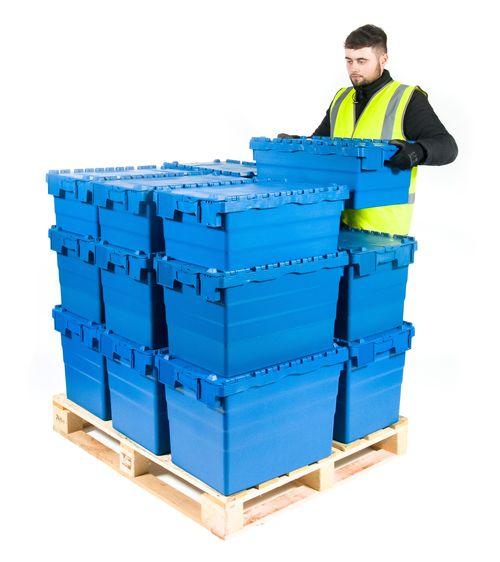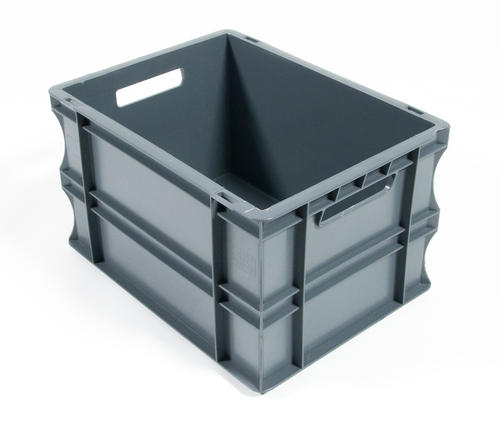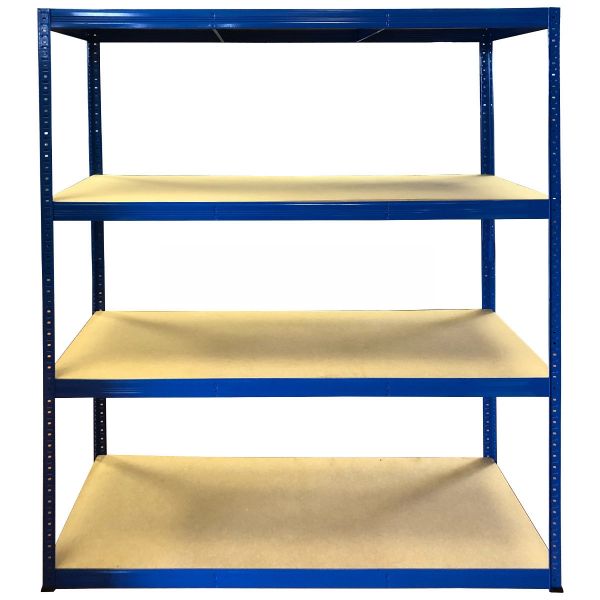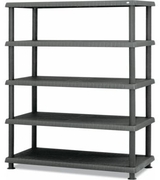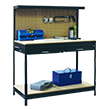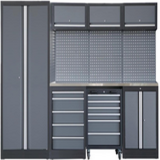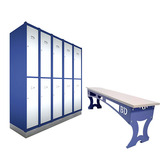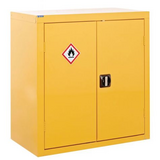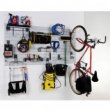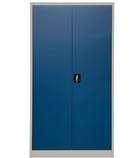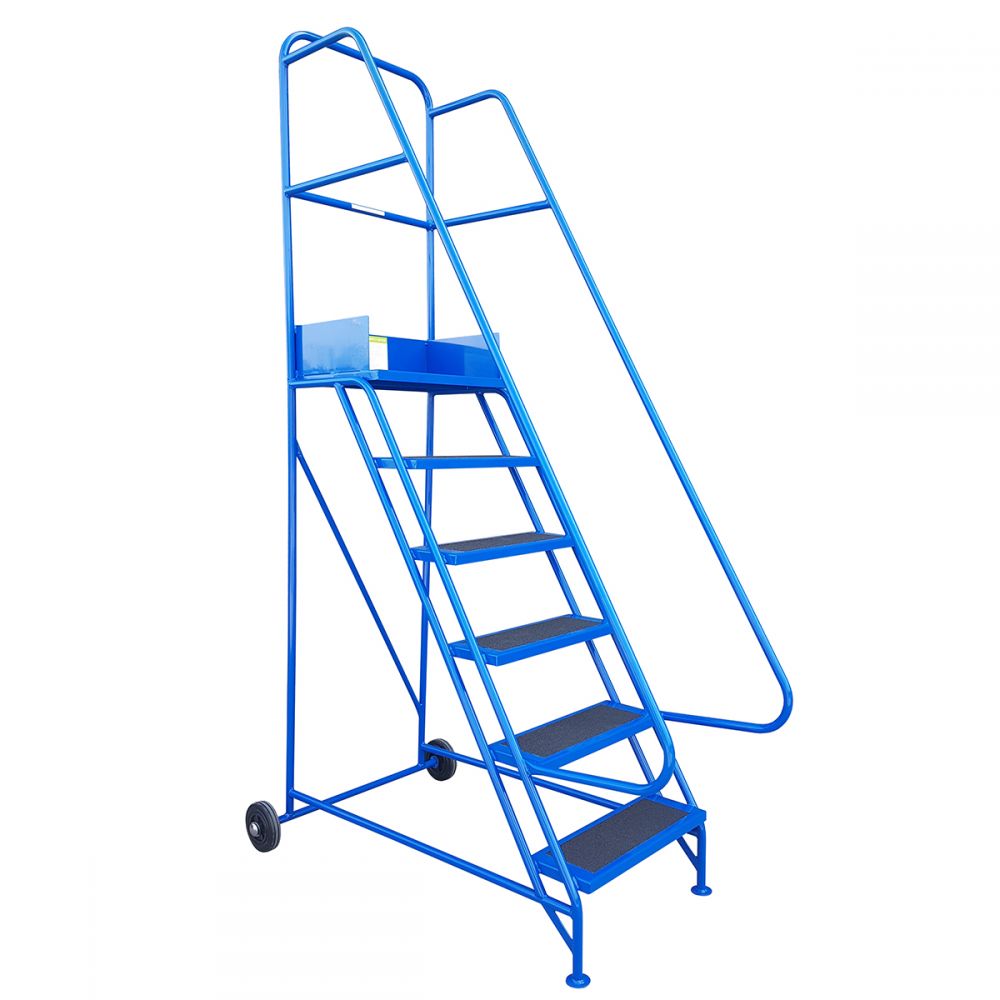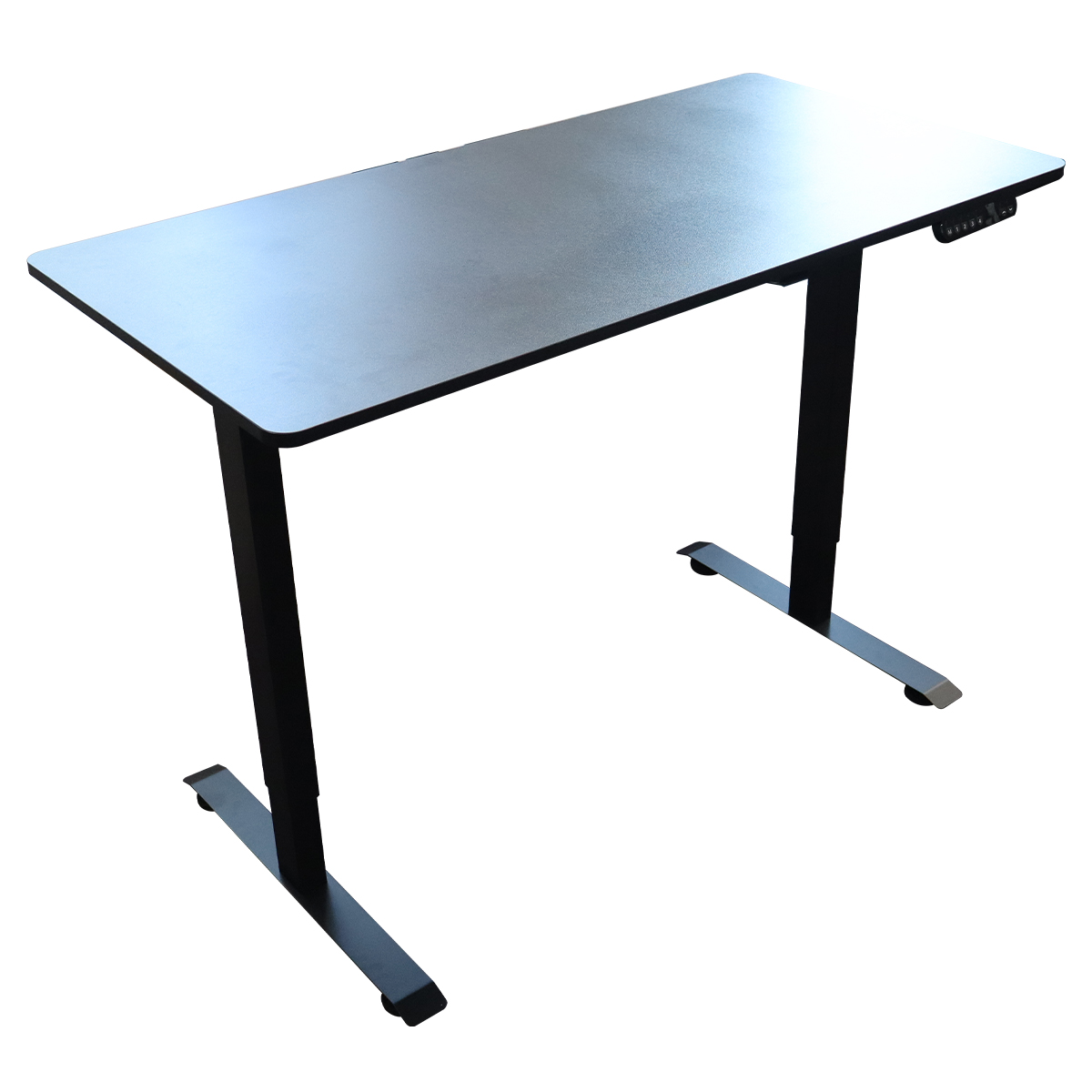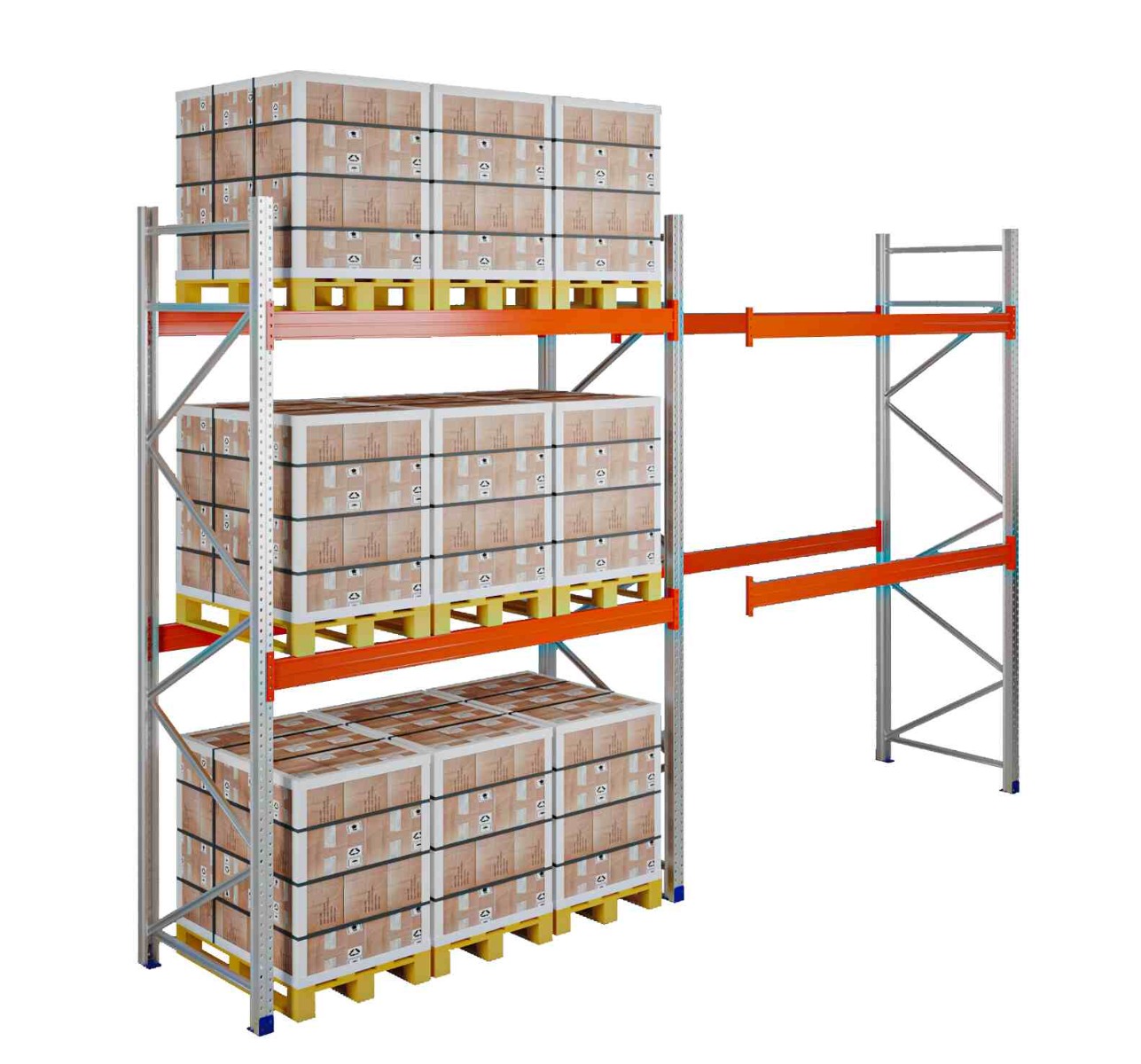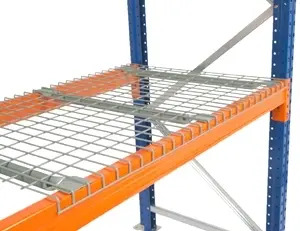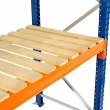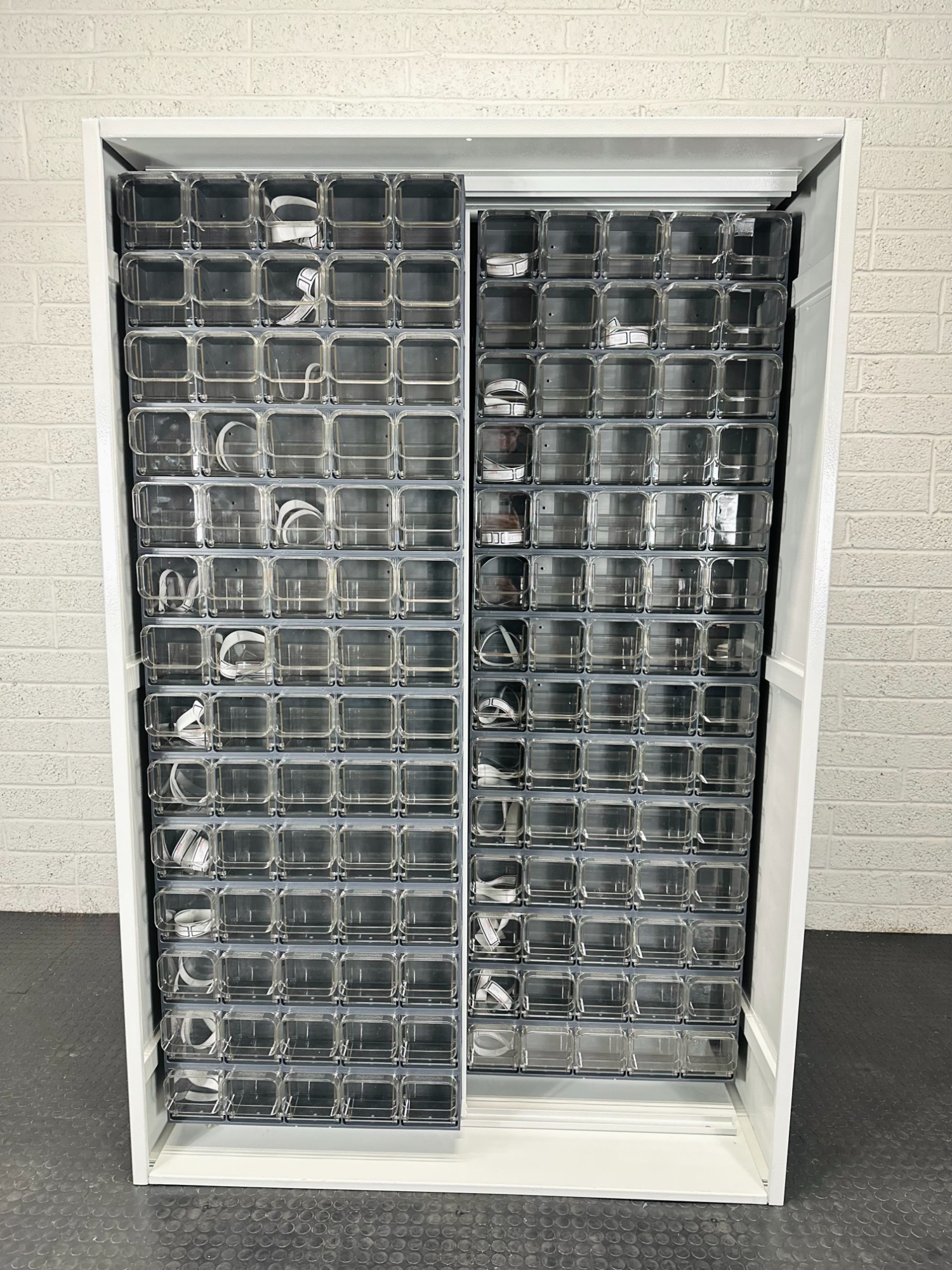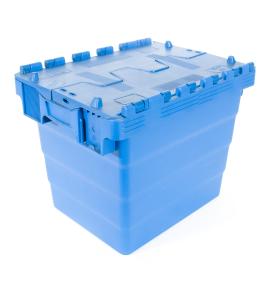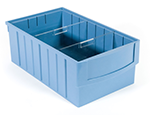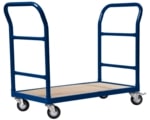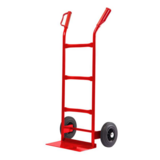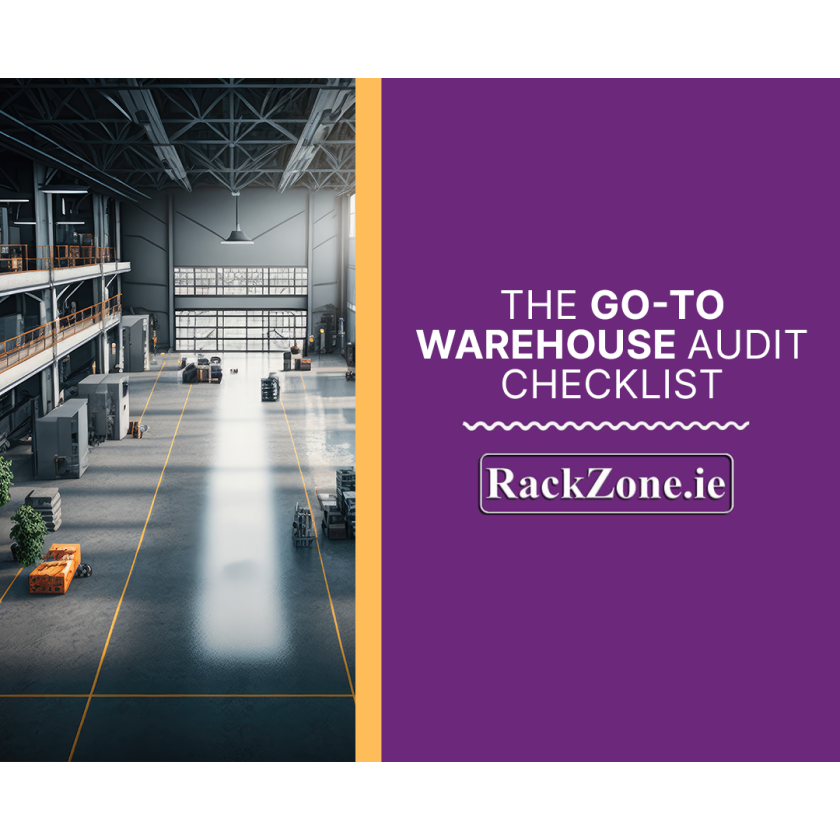The Go-To Warehouse Audit Checklist
Every well-run warehouse thrives on efficiency, organisation, and a systematic approach. Regular audits ensure that these parameters are maintained at optimal levels, paving the way for smooth operations and streamlined inventories. Auditing your warehouse might seem like a daunting task, but with the right checklist, the process can be systematic and thorough. Here's your go-to warehouse audit checklist to ensure that your storage facility remains in top-notch condition.
1. Safety and Compliance:
Fire Safety: Ensure that fire extinguishers are up-to-date, easily accessible, and that staff are trained in their use. Check that fire alarms and sprinkler systems are functional.
Emergency Exits: Ensure pathways to emergency exits are clear and that exit doors open easily. Signage should be visible even in low-light conditions.
Equipment Maintenance: Equipment like forklifts and pallet trucks should be checked for safety and maintenance.
2. Storage and Organisation:
Shelving Units: Inspect for damage or signs of wear and tear. Overloaded or leaning shelves can be hazardous.
Inventory Locations: Ensure products are stored in their designated areas. Misplaced inventory can slow down order fulfilment.
Unused Space: Identify and measure any unused space. This can highlight inefficiencies or show areas for potential expansion.
3. Inventory Management:
Stock Levels: Check the accuracy of stock levels. Regularly inspect for discrepancies between the physical inventory and digital records.
Product Rotation: Ensure products, especially perishable ones, are rotated correctly (FIFO: First In, First Out).
Damaged Goods: Isolate and document any damaged inventory.
4. Order Processing and Fulfilment:
Order Accuracy: Randomly pick and check orders for accuracy. Inaccuracies can lead to returns and decrease customer satisfaction.
Packing Materials: Check the quality of packing materials. Good quality packing can reduce damage during transit.
Shipping: Review the speed and efficiency of the shipping process. Delays can affect customer relationships.
5. Technology and Systems:
Warehouse Management System: Ensure that your Warehouse Management System (WMS) is up-to-date and that staff are trained on its use.
Scanning Equipment: Check the functionality of barcode scanners and other similar devices. These are critical for accurate inventory tracking.
Security Systems: Regularly inspect cameras, alarm systems, and access controls to prevent unauthorised access and theft.
6. Staffing and Training:
Training Records: Ensure every staff member has received proper training, especially for specialised tasks or equipment.
Productivity: Review staff productivity and identify areas for improvement. This could be addressed through training or process changes.
Safety Training: Check that staff are aware of safety protocols and have had recent safety training.
7. Cleanliness and Maintenance:
Cleanliness: Regularly schedule cleaning of the warehouse to prevent the accumulation of dust and debris.
Maintenance Schedule: Maintain a schedule for regular checks and maintenance of equipment and infrastructure.
8. Environmental Concerns:
Waste Management: Ensure proper disposal of waste, with dedicated areas for recyclables.
Energy Efficiency: Audit the lighting and heating systems for energy efficiency. Consider upgrades if necessary.
Conclusion:
An effective warehouse audit doesn't just focus on one aspect of the operations but rather gives a comprehensive view of all components. By conducting regular audits using this checklist, you can identify bottlenecks, address safety concerns, and enhance overall productivity. Remember, a well-organised warehouse isn't just about space management – it’s about optimising every process and resource at your disposal. Maximise Efficiency Starting with the Right Storage! After auditing your warehouse, take the next step. Dive into RackZone and discover premium pallet racking solutions tailored for you or reach out to our team of experts. Transform your space today!







